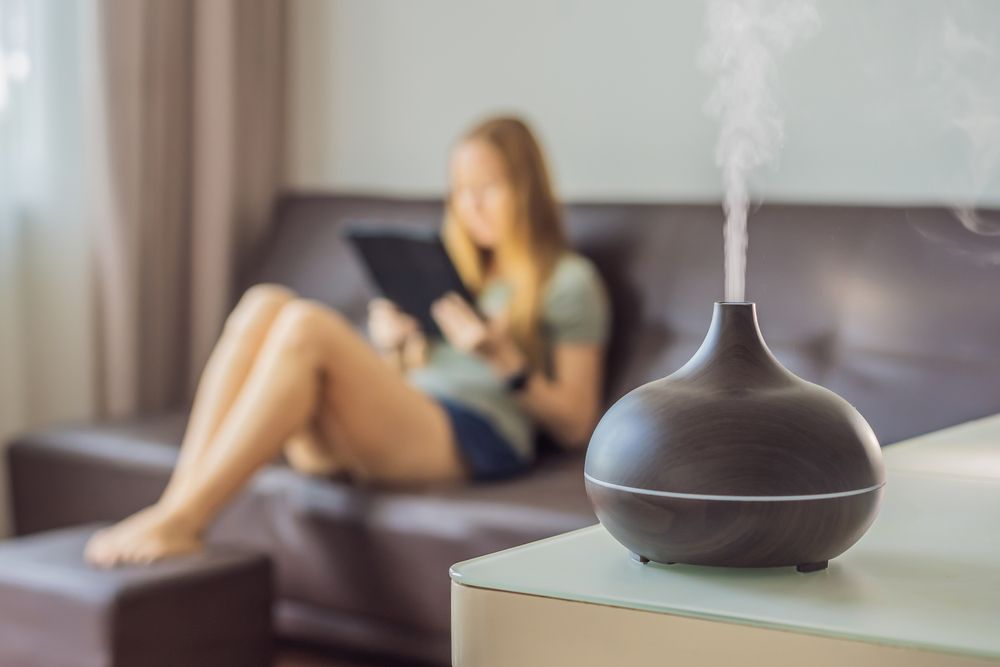Fake products are everywhere these days, and it’s not always easy to spot them. Whether you’re shopping for clothes, electronics, or anything in between, it’s important to know how to distinguish genuine items from counterfeit ones. In this article, we’ll share some tips on how to determine fake products and become a smart shopper.

1. Research the Brand and Seller
Before you make any purchase, it’s important to research the brand and seller of the product. Look for reviews and ratings from other customers, as well as information about the company’s history and reputation. If the brand or seller has a lot of negative reviews or a history of selling fake products, it’s best to steer clear.
2. Check the Packaging
The packaging of a product can often reveal whether it’s fake or not. Look for any misspellings or poor quality printing, as these are common signs of counterfeit items. Authentic products usually have high-quality packaging that’s designed to protect the product during shipping and display important information such as ingredients, warnings, and certifications.
3. Examine the Product Carefully
When you receive the product, take a close look at it to see if anything looks off. Check the quality of the materials used, the stitching, and any logos or labels. Counterfeit items often have low-quality materials and poor workmanship, which can be a dead giveaway. If you’re buying electronics, make sure that the product has all the necessary components and features that the authentic version would have.
4. Compare with Authentic Products
One of the easiest ways to determine whether a product is fake or not is to compare it with an authentic version of the same item. Look at the details such as the color, texture, and weight, and compare them side-by-side. If there are any significant differences, it’s likely that the product is fake.
5. Check for Certifications
Many products require certifications to verify their authenticity, such as safety certifications or trademarks. Check to see if the product has any of these certifications, and make sure they’re legitimate. Some counterfeiters will include fake certifications on their products to make them seem more legitimate, so it’s important to do your research.
6. Beware of Deals that are Too Good to be True
If you come across a deal that seems too good to be true, it probably is. Counterfeiters often sell their products at lower prices than the authentic versions to lure customers in. If a price seems unusually low, it’s best to be cautious and do your research before making a purchase.
7. Use Trusted Retailers
One of the best ways to avoid buying fake products is to use trusted retailers. Stick to retailers that have a good reputation and a history of selling authentic products. Avoid buying from unknown or unverified sellers, especially if they’re offering products at significantly lower prices than other retailers.
8. Be Cautious of Online Shopping
Online shopping can be convenient, but it can also be risky. When shopping online, make sure to read reviews, check the seller’s history, and look for any red flags such as misspellings or poor-quality images. It’s also important to use secure payment methods and to be cautious of any websites that ask for your personal information.
9. Trust Your Instincts
If something seems off or suspicious, trust your instincts. Don’t be afraid to ask questions or to walk away from a purchase if you’re not completely comfortable with it. Your safety and satisfaction are more important than any product.
Determining whether a product is fake or genuine can be a daunting task, but with the right knowledge and tools, you can become a smart shopper and avoid buying counterfeit items. Always do your research, examine the product carefully, compare it with




